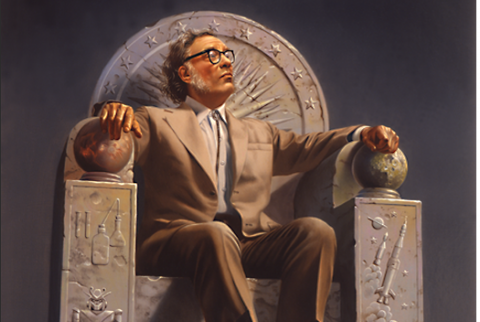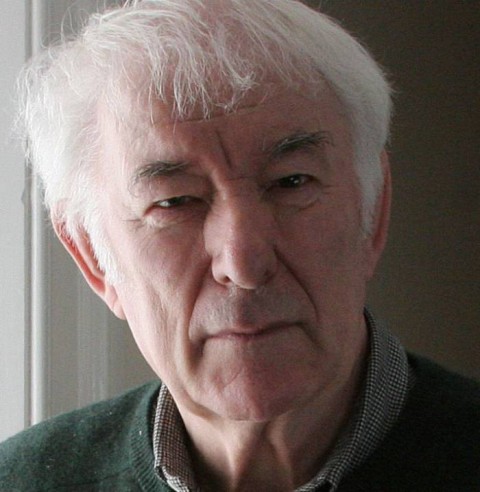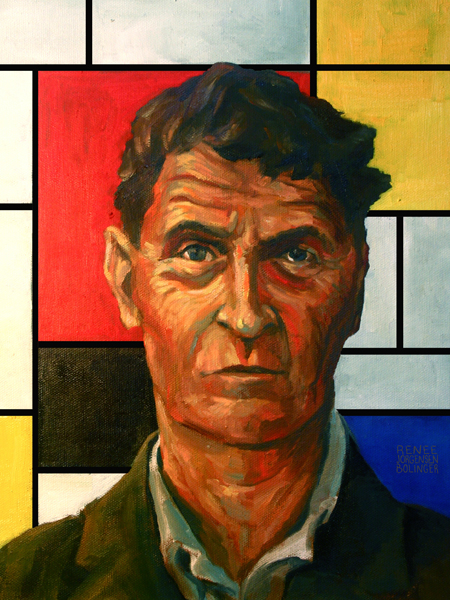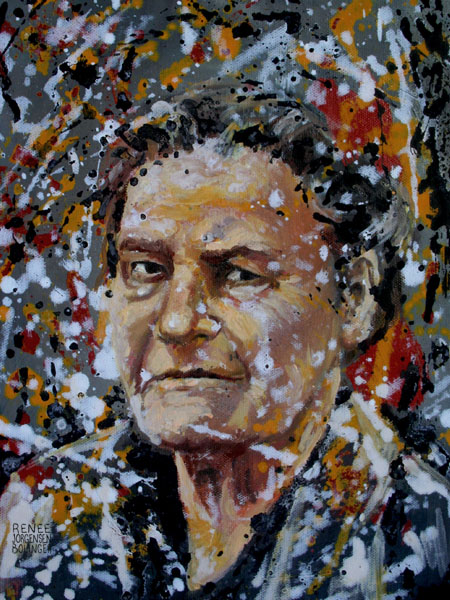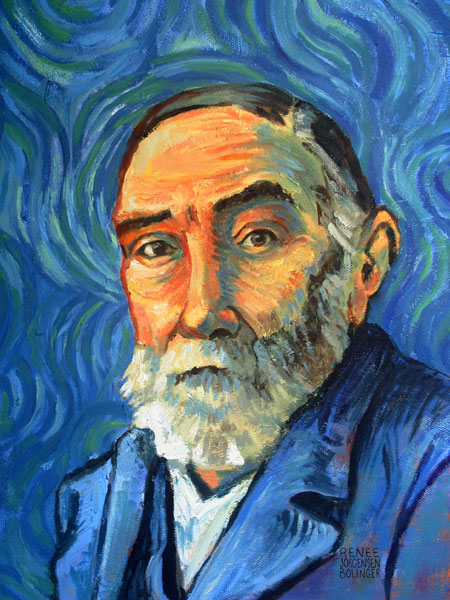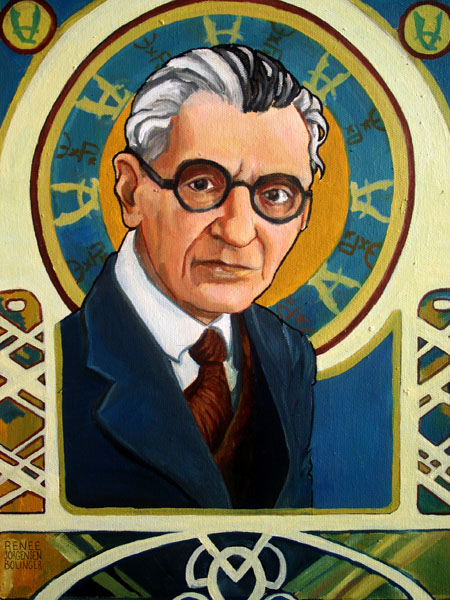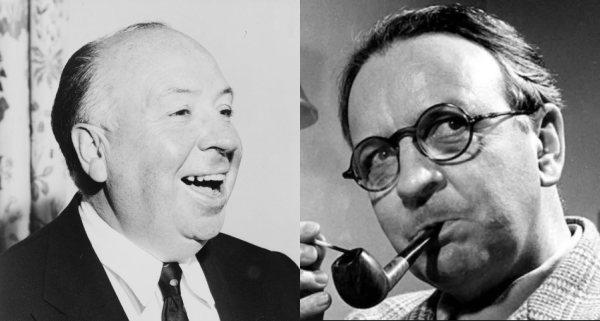Painting of Asimov on his throne by Rowena Morill
When New York City hosted The World’s Fair in 1964, Isaac Asimov, the prolific sci-fi author and professor of biochemistry at Boston University, took the opportunity to wonder what the world would look like 50 years hence — assuming the world survived the nuclear threats of the Cold War. Writing in The New York Times, Asimov imagined a world that you might partly recognize today, a world where:
- “Gadgetry will continue to relieve mankind of tedious jobs. Kitchen units will be devised that will prepare ‘automeals,’ heating water and converting it to coffee; toasting bread; frying, poaching or scrambling eggs, grilling bacon, and so on. Breakfasts will be ‘ordered’ the night before to be ready by a specified hour the next morning.”
- “Communications will become sight-sound and you will see as well as hear the person you telephone. The screen can be used not only to see the people you call but also for studying documents and photographs and reading passages from books. Synchronous satellites, hovering in space will make it possible for you to direct-dial any spot on earth, including the weather stations in Antarctica.”
- “[M]en will continue to withdraw from nature in order to create an environment that will suit them better. By 2014, electroluminescent panels will be in common use. Ceilings and walls will glow softly, and in a variety of colors that will change at the touch of a push button.”
- “Robots will neither be common nor very good in 2014, but they will be in existence.”
- “The appliances of 2014 will have no electric cords, of course, for they will be powered by long- lived batteries running on radioisotopes.”
- “[H]ighways … in the more advanced sections of the world will have passed their peak in 2014; there will be increasing emphasis on transportation that makes the least possible contact with the surface. There will be aircraft, of course, but even ground travel will increasingly take to the air a foot or two off the ground.”
- “[V]ehicles with ‘Robot-brains’ … can be set for particular destinations … that will then proceed there without interference by the slow reflexes of a human driver.”
- “[W]all screens will have replaced the ordinary set; but transparent cubes will be making their appearance in which three-dimensional viewing will be possible.”
- “[T]he world population will be 6,500,000,000 and the population of the United States will be 350,000,000.” And later he warns that if the population growth continues unchecked, “All earth will be a single choked Manhattan by A.D. 2450 and society will collapse long before that!” As a result, “There will, therefore, be a worldwide propaganda drive in favor of birth control by rational and humane methods and, by 2014, it will undoubtedly have taken serious effect.” [See our Walt Disney Family Planning cartoon from earlier this week.]
- “Ordinary agriculture will keep up with great difficulty and there will be ‘farms’ turning to the more efficient micro-organisms. Processed yeast and algae products will be available in a variety of flavors.”
- “The world of A.D. 2014 will have few routine jobs that cannot be done better by some machine than by any human being. Mankind will therefore have become largely a race of machine tenders. Schools will have to be oriented in this direction.… All the high-school students will be taught the fundamentals of computer technology will become proficient in binary arithmetic and will be trained to perfection in the use of the computer languages that will have developed out of those like the contemporary “Fortran.”
- “[M]ankind will suffer badly from the disease of boredom, a disease spreading more widely each year and growing in intensity. This will have serious mental, emotional and sociological consequences, and I dare say that psychiatry will be far and away the most important medical specialty in 2014.”
- “[T]he most glorious single word in the vocabulary will have become work!” in our “a society of enforced leisure.”
Isaac Asimov wasn’t the only person who peered into the future during the 60s and got it right. You can find a few more on-the-mark predictions from contemporaries below:
Arthur C. Clarke Predicts the Future in 1964 … And Kind of Nails It
Walter Cronkite Imagines the Home of the 21st Century … Back in 1967
The Internet Imagined in 1969
Marshall McLuhan Announces That The World is a Global Village
via Buzzfeed
